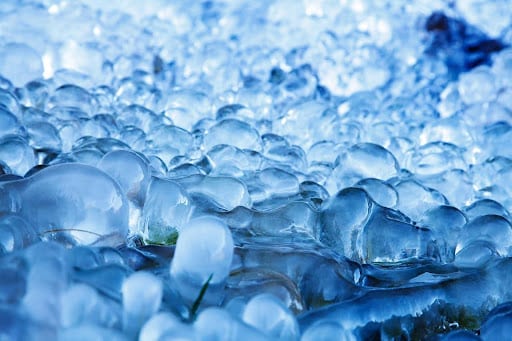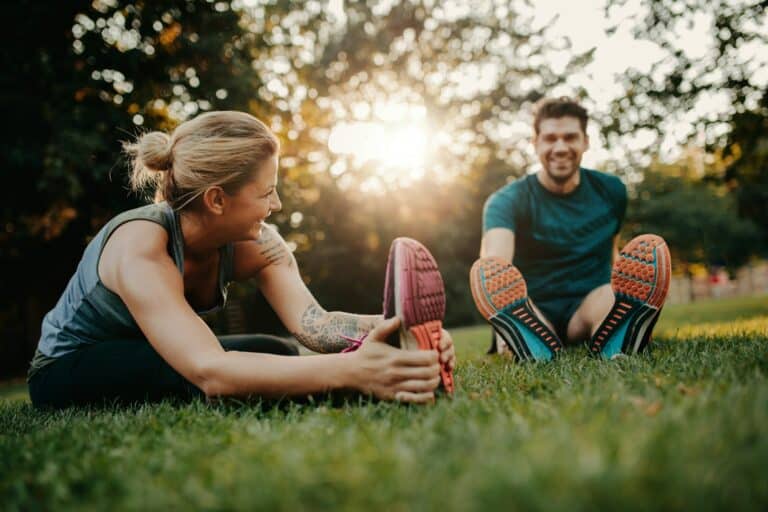 Winter weather does not have to drive you indoors for exercise. You can still enjoy outdoor workouts when temperatures drop with a little planning. Here is what you need to know.
Winter weather does not have to drive you indoors for exercise. You can still enjoy outdoor workouts when temperatures drop with a little planning. Here is what you need to know.
Assemble your gear
You might want to reach for your parka, but dressing in layers is a better option. Even on the coldest days you will generate a lot of body heat once you get moving. Your first layer should be a technical shirt. These wick moisture from your body so they are comfortable rather than clingy when you sweat. The newest models offer features like thumbholes that help the sleeves stay in place as you put on outer layers. Next, you want a layer or two of something heavy like fleece. Top it all off with a water and/or wind resistant (depending on the weather), heat-trapping vest or jacket with a high collar to keep your neck warm. Add a scarf if you jacket has a low collar.
Also available are specially made tights that wick moisture and keep cold air out. Add winter shorts or a skirt over the tights for added protection. For best results, especially if you live in an area where temperatures approach or pass freezing, wear clothing specially designed to keep you warm and comfortable in extreme temperatures. In place like Minnesota frostbite can happen in as few as five minutes and hypothermia is also of concern.
Check the weather
Know what to expect when you head out. For example, rain, sleet or snow can make it hard to stay warm. If precipitation is in the forecast and you still want to head out plan to wear water resistant gear that includes protection for your head. Checking the weather can also help you choose the warmest part of the day to get out. Pay attention to the wind chill factor and the actual vs. “feels like” temperature as you plan when to go and what to wear.
Know where you are vulnerable
The places that are hardest to keep warm are your hands, feet and ears. Fleece lined running gloves that cover your wrists are a good option. Fleece hats (some come with ponytail ports) and headbands offer good protection for your ears. Keep your toes warm with heavy socks. Merino wool is a good option. Avoid cotton if at all possible because it is not breathable and can lead to blisters.
Give yourself time to adjust
If you are new to winter exercise or temperatures feel brutal, start with just a few minutes. Giving your body time to acclimate to the weather can help make winter exercise more comfortable. You can add time as your body adjusts. Shorter periods in the beginning can also help you figure out what kind of fitness layering is best for your individual comfort and activity level.
Exercising outside in winter can be especially rewarding. The crowds have thinned considerably, there is a peaceful stillness in the air and the winter landscape is breathtaking. When you get the right gear you can comfortably take advantage of all the benefits winter exercise has to offer. Enjoy.


